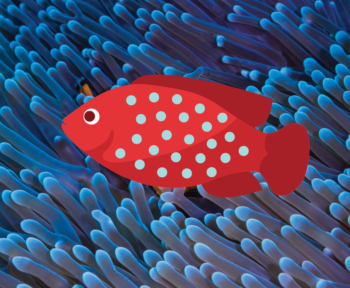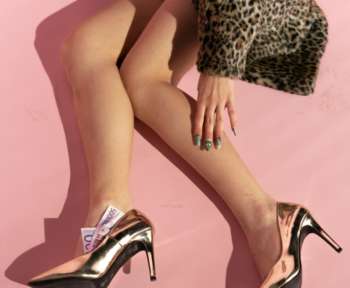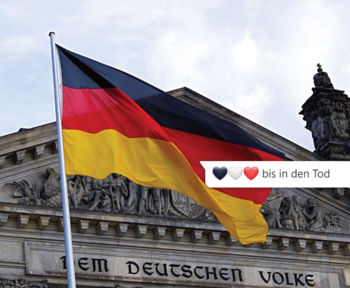Hinter seinen Werken steckt viel mehr als einfach nur Können. Dahinter steckt eine Nachricht. Der japanische Künstler im Porträt.
Even if you have never heard the term “superflat”, many famous Japanese artists have used a similar technique, especially in traditional art. Take for example “The Great Wave off Kanagawa”, printed by Katsushika Hokusai. The woodblock print is more two dimensional than three dimensional, which was a very common trend that is detectable throughout Japanese art history.
Heavily Discussed
The term “superflat” is a very broad term that can define various subject matters. Some works explore the sexual fetishism and consumerism of different media, a cause of the Westernization, that was common in post-war Japanese culture.
One thing that was prevalent in that time, was lolicon art, a very controversial art form. Lolicon art is described as media focusing on the attraction to young or prepubescent girls, often depicting these girls in an “erotic-cute” manner. There has been a lot of controversy around this art for obvious reasons. Many countries, including Japan, have established laws to regulate explicit content containing children or child-like characters. Despite this, some say it’s not an expression of paedophilia but more so a form of rebellion, since the “otaku”, which translates roughly to “nerd”, feel excluded from society and use this media to express their sense of alienation from society.
Murakami’s Role
Takashi Murakami’s most famous sculpture called “Hiropon” is a message to otaku culture calling out its shocking sexuality that it likes to depict. Takashi Murakami, a contemporary artist known for his desire to unite the artistic and the commercial, created the term “superflat”, which describes a postmodern art movement influenced by manga and anime. He uses the term to describe both the aesthetic characteristics of traditional Japanese art and the “shallow emptiness of Japanese consumer culture”.
Takashi Murakami likes to blur the line between high and low arts. High arts are part of high culture, which is a term for objects, that society deems as aesthetic and exemplary art, as well as intellectual works. It identifies the culture of an upper-class and its broad knowledge and tradition. Low arts or low culture is a derogatory term for objects of popular culture that have mass appeal and depict traditional working-class values. Murakami creates this hybrid of high and low arts by merging childlike sensibility with darker themes.
His art is also famous for the big use of colour, the incorporation of motifs from Japanese traditional culture, flat surfaces and content that can be described as “cute” and “psychedelic”. A good example are his smiling sunflowers, that have every colour, the rainbow holds. Murakami has created as much as 727 large paintings, sculptures, balloons, wallpaper installations, animated works, prints, posters, and assorted merchandise.
Committed to the Offspring
Takashi is also the founder and president of Kaikai Kiki Co., which produces and promotes Takashi’s artwork but also manages the career of younger artists. Murakami has thus made it his mission to support and nurture the careers of the younger generation of Japanese artists, wanting to create and build a more original and sustainable art market in Japan.









